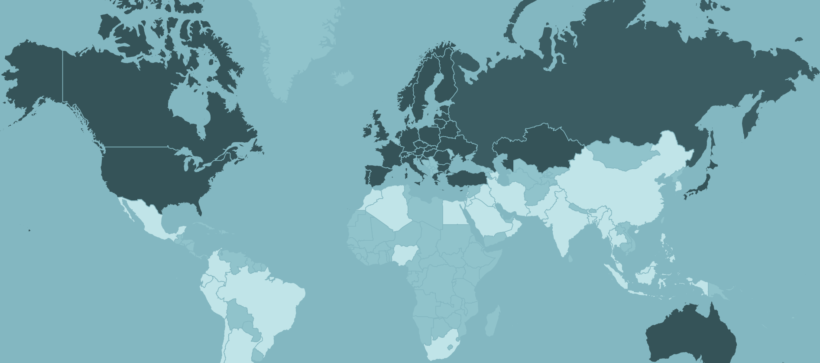For the past nine days at COP26, governments have been releasing information about what they will do – or will not do, as the case may be – to meet the targets of the Paris Climate Accord.
According to a new website published this week, militaryemissions.org, one significant piece of the puzzle that continues to be hidden relates to many governments refusing to publish the carbon emissions caused by their military activities.
To highlight the scale of the military emissions gap, the Conflict and Environment Observatory and Concrete Impacts have brought together the data that governments report on the emissions of their militaries into one site, allowing people around the world to explore what their governments do and do not report.
“It’s vital that governments take urgent action to reduce the huge contribution that militaries are making to the climate crisis,” said the Conflict and Environment Observatory’s Doug Weir. “With this new website, we can help everyone from the public, policy-makers and the military themselves to understand the true scale of the problem, which is a critical first step in tackling it.”
The term “military emissions” does not simply refer to the fossil fuels that armed forces burn in ships, tanks, and airplanes. The term also encompasses transportation logistics, building operations, and the supply chain of weapons, from extracting raw materials, to manufacturing, to decommissioning and disposal. To get an idea of the scale of military emissions, if the United States military were a nation, its emissions would be roughly equal to those of the country of Peru, according to researchers at Durham and Lancaster Universities.
Despite their huge combined environmental impact, the true extent of military greenhouse gas emissions is hidden from view. Some countries bundle their military emissions together with civilian emissions, or provide incomplete data. Other countries justify non-declaration by citing national security concerns.
Linsey Cottrell of the Conflict and Environment Observatory said: “Forty industrialised countries spent around $1,270 billion on their armed forces in 2020, yet just five of them reported their military emissions in line with UN guidelines.”
The organizers of this new project are calling for three commitments from governments around the world:
- Developed industrialised countries to undertake mandatory and independently verified reporting of the greenhouse gas emissions of their militaries, making the information transparent, accessible and distinct from emissions from other parts of the economy;
- Developing countries should begin annual voluntary reporting of their military’s emissions;
- All governments to set clear targets for militaries to conserve energy, reduce reliance on fossil fuels and switch to environmentally responsible renewable energy, making genuine cuts to emissions and not relying on offsets.
Compliance with these three requests will certainly not solve the global climate crisis. But citizens deserve to understand the full scope of how their militaries are contributing to the climate crisis. The organizers of Military Emissions Gap caution against military-grade greenwashing, calling for a specific list of requirements so that their reporting is credible and meaningful in the overall movement for massive emissions reduction.










